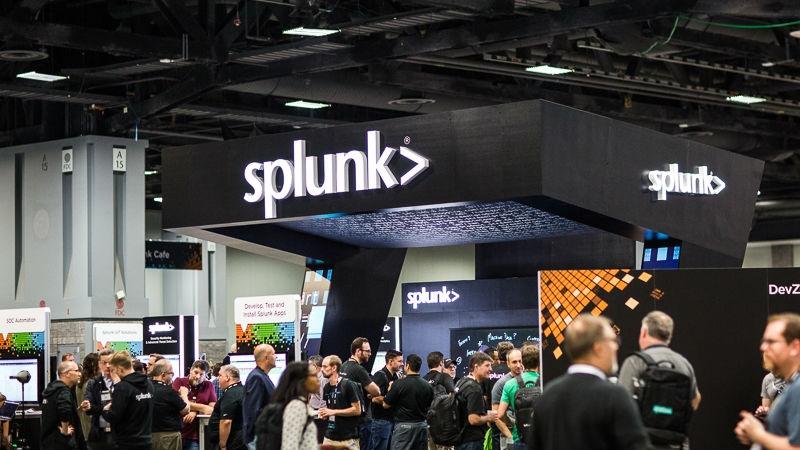
You can create multiple rollup Regions, which can help you comply with data residency compliance requirements. All aggregated data from contributing Regions reside in the rollup Region. Next, you can select rollup and contributing Regions. Select Regions will contribute their data to your data lake with the Amazon S3-managed encryption that Amazon S3 will create and manage all encryption keys, as well as the specific AWS accounts in your organizations. You can select log and event sources such as CloudTrail logs, VPC flow logs, and Route53 resolver logs into your data lake. You can enable log and event sources for all Regions and all accounts. To get started with Amazon Security Lake, choose Get started in the AWS console. This can help you comply with data residency compliance requirements.īy reducing the operational overhead of security data management, you can make it easier to gather more security signals from across your organization and analyze that data to improve the protection of your data, applications, and workloads.Ĭonfigure Your Security Lake for Collection Data You can also specify a rollup Region that the Security Lake is available in and multiple AWS accounts across your AWS Organizations. Customizable data access levels – You can configure the level of subscribers consuming data stored in the Security Lake, such as specific data sources for data access to all new objects or directly querying data stored.Security Lake supports integrations with analytics partners such as IBM, Splunk, Sumo Logic, and more to address a variety of security use cases such as threat detection, investigation, and incident response. Data transformation and normalization – Security Lake automatically partitions and converts incoming log data to a storage and query-efficient Apache Parquet and OCSF format, making the data broadly and immediately usable for security analytics without the need for post-processing.Security Partners are also directly sending data in a standard schema called the Open Cybersecurity Schema Framework (OCSF) format to Amazon Security Lake, such as Cisco Security, CrowdStrike, Palo Alto Networks, and more. Additionally, over 50 sources of third-party security findings can be sent to Amazon Security Lake.
#Trend micro splunk news Patch

Amazon Security Lake automates the central management of security data, normalizing from integrated AWS services and third-party services and managing the lifecycle of data with customizable retention and also automates storage tiering. Today we are announcing the preview release of Amazon Security Lake, a purpose-built service that automatically centralizes an organization’s security data from cloud and on-premises sources into a purpose-built data lake stored in your account. But, some customers’ security teams still struggle to define and implement security domain–specific aspects, such as data normalization, which requires them to analyze each log source’s structure and fields, define schemas and mappings, and pull in data enrichment such as threat intelligence. The Amazon Simple Storage Service (Amazon S3) and AWS Lake Formation simplify the creation and management of a data lake on AWS. Some of these data sources include logs from on-premises infrastructure, firewalls, and endpoint security solutions, and when utilizing the cloud, services such as Amazon Route 53, AWS CloudTrail, and Amazon Virtual Private Cloud (Amazon VPC).

To identify potential security threats and vulnerabilities, customers should enable logging across their various resources and centralize these logs for easy access and use within analytics tools.


 0 kommentar(er)
0 kommentar(er)
